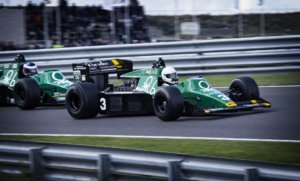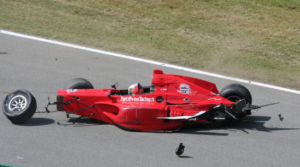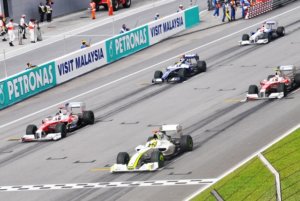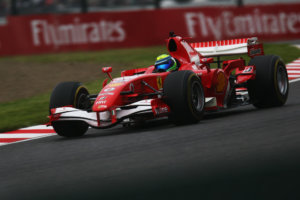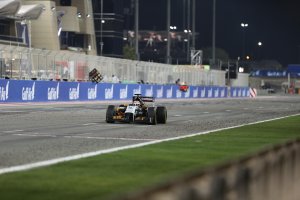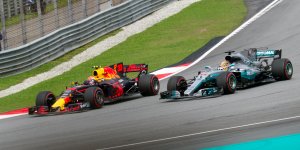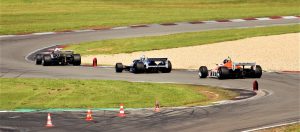Watching a Grand Prix race on television is quite an experience as you get to see all of the best camera angles with up-to-the-moment commentary. However, nothing compares to being there. Even though you may not always have the best overall vantage point, you will get to experience the race in a manner few ever will: seeing the cars up close, smelling, and hearing the unique elements of races.
Which Grand Prix circuits should you see? A few stand out.
Circuit de Monaco
The Circuit de Monaco is an interesting, challenging course for drivers, who often need to slow down significantly while navigating turns and other challenging areas. Of course, its locale attracts many, as Monaco is one of the most beautiful places in the world. The Monaco Grand Prix is also viewed by many as Formula One’s most historic and revered competition, and that alone is enough reason to visit this course.
Circuit of the Americas
The Formula One capital of the United States is this gorgeous course, which was the first built in this country that was designed especially for Formula One races. It’s located in Austin, Texas, and has been hosting Formula One races since 2012. Race fans get to enjoy watching drivers navigate challenges such as an uphill run to the first turn as well as the course’s fascinating technical layout.
Melbourne Grand Prix Circuit
This one encircles Australia’s Albert Park Lake, providing a cool aesthetic element to the festivities. As far as the racing goes, the track is fast, faster than most races being held on public roads, while also providing many challenges to be navigated. If you can situate yourself near one of its more difficult portions, you can enjoy a great view of how the different racers navigate those sections.
Red Bull Ring
Much of what makes Red Bull Ring, which is in Spielberg, Austria, such a destination race for many Formula One fans are its aesthetics. It’s set amidst incredible countryside while the course itself has a fascinating blend of classic and modern designs. Visitors also report that it’s a well-organized experience for fans and that the energy level amongst spectators is high.
